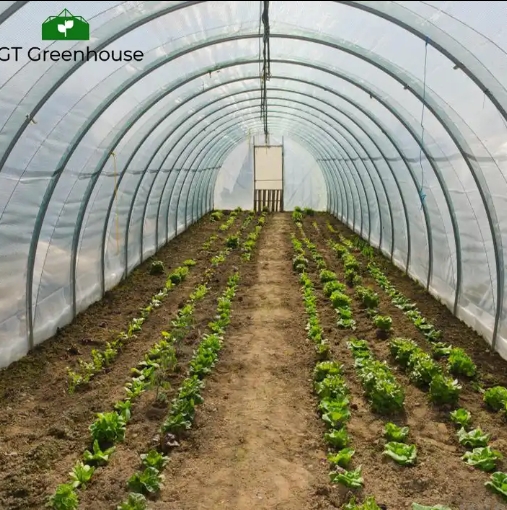1. Reduced Moisture Buildup: Polycarbonate has a low surface energy, which makes it resistant to water condensation. This helps prevent the buildup of moisture inside the greenhouse, reducing the risk of mold, fungus, and other moisture-related problems that can damage plants.
2. Improved Light Transmission: Condensation on the greenhouse cover can scatter and refract light, reducing the amount of light that reaches the plants. Polycarbonate's resistance to condensation helps maintain high light transmission, ensuring that plants receive the optimal amount of light for growth.
3. Longer Lifespan: Constant exposure to moisture and condensation can degrade the structure and integrity of greenhouse materials over time. Polycarbonate's resistance to condensation helps it maintain its physical properties and structural integrity for a longer period, increasing the overall lifespan of the greenhouse.
4. Enhanced Climate Control: By reducing moisture buildup, polycarbonate helps maintain a more stable and consistent microclimate within the greenhouse. This can improve temperature and humidity management, leading to better growing conditions for plants.
5. Reduced Maintenance: The reduced need to clean or remove condensation from the greenhouse cover can save time and labor, making polycarbonate a more low-maintenance option for tunnel greenhouses.
Overall, the condensation resistance of polycarbonate contributes to improved growing conditions, increased efficiency, and reduced maintenance requirements, making it a valuable material for tunnel greenhouse applications.

Copyright:@2020-2021
Comments Please sign in or sign up to post.
0
0 of 500 characters used